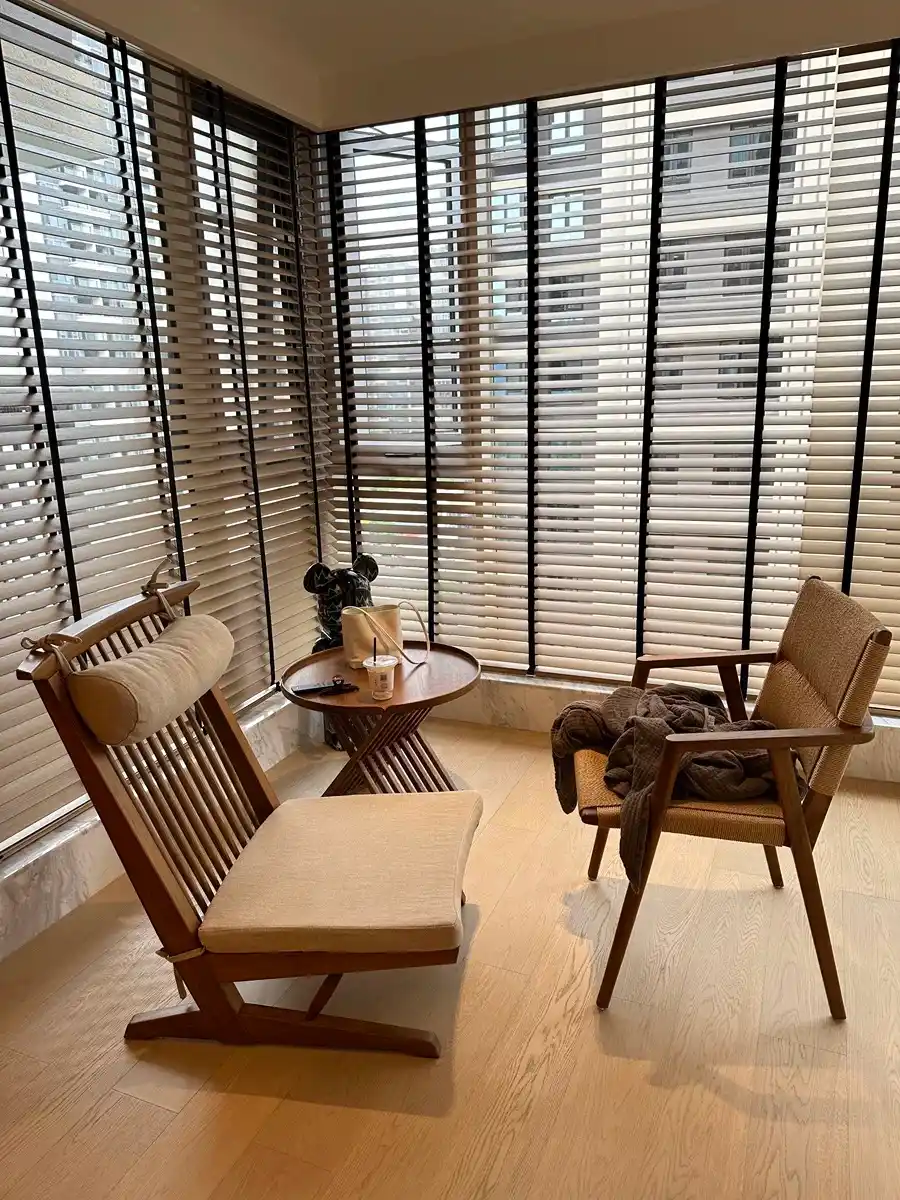Transform Your Living Room: Discover the Secrets of Stunning Coffee Table Styles!
When it comes to living room decor, the coffee table is often the unsung hero. This versatile piece of furniture not only serves as a practical surface for drinks, snacks, and magazines, but it also plays a pivotal role in enhancing the overall aesthetic of the space. A well-chosen coffee table can create a focal point, tie together different elements of your decor, and reflect your personal style. The world of coffee tables is vast, with a variety of styles to suit every taste—from sleek modern designs to rustic, farmhouse-inspired pieces. In this article, we will explore how different coffee table styles can elevate your living room decor, making it a cozy and inviting space.

Understanding Coffee Table Styles
Coffee tables come in an array of styles, each with its unique characteristics and charm. For instance, modern coffee tables often feature clean lines and minimalistic designs, making them ideal for contemporary spaces. They might be crafted from materials like glass or metal, offering a sleek look that doesn’t overwhelm the room. Traditional coffee tables, on the other hand, are typically made from rich woods and showcase intricate detailing, fitting seamlessly into more classic or formal living rooms. Then there’s the rustic style, which embraces a natural, worn look, often incorporating reclaimed wood, perfect for creating a warm and inviting atmosphere. Lastly, eclectic coffee tables mix and match styles, allowing for a playful and personalized approach to decor. This variety means that no matter your living room theme, there’s a coffee table style that can enhance the space and reflect your personality.
Material Matters: Choosing the Right Coffee Table
The material you choose for your coffee table can significantly influence the ambiance of your living room. Wood is a classic choice, offering warmth and durability. It can range from light oak to dark walnut, easily matching your existing furniture. Glass coffee tables, on the other hand, lend a more airy and open feel to a room, making them perfect for smaller spaces as they don’t visually clutter the area. Metal tables are known for their industrial aesthetic, often featuring sleek designs that add a touch of modernity. Lastly, stone coffee tables—such as those made from marble or granite—bring an element of luxury and sophistication, though they can be heavier and require more maintenance. Each material contributes differently to the decor, so it’s essential to consider how it interacts with other elements in your living room.
Functionality and Size: Finding the Perfect Fit
When selecting a coffee table, functionality and size are critical factors to consider. Think about how you intend to use the table—will it primarily serve as a surface for drinks and snacks, or do you envision it as a display area for decor? Measuring your space is essential; a table that is too large can overwhelm the room, while one that is too small may get lost among your furnishings. A general rule of thumb is to leave at least 18 inches of space between the coffee table and surrounding seating to ensure easy movement. Additionally, consider the height of your coffee table in relation to your seating; ideally, it should be level with or slightly lower than the seat height for comfort. Finding the right balance of size and functionality will ensure that your coffee table complements your living room layout while meeting practical needs.
Accessorizing Your Coffee Table
Accessorizing your coffee table is where your personality truly shines through. Start with a few foundational pieces: a stack of your favorite books can add height and interest, while a decorative tray can help corral smaller items like coasters or remote controls. Adding a few candles can create a warm atmosphere, especially in the evenings, and a small plant or floral arrangement can bring life and color to the table. However, remember that balance is key; avoid overcrowding the table, which can make it feel cluttered. Personalization is also crucial—include items that reflect your interests or travels, like a unique sculpture or a piece of art. By thoughtfully accessorizing your coffee table, you create a styled surface that not only looks beautiful but also tells a story about you.
Elevating Your Living Room with Coffee Tables
In conclusion, the coffee table is much more than a functional piece of furniture; it is a central element that can enhance your living room's decor and reflect your individual style. From understanding the variety of styles and materials to considering functionality and accessorizing, the choices you make can transform your space into a warm and inviting area. Take the time to explore your options, and choose a coffee table that resonates with your aesthetic. By doing so, you’ll not only elevate your living room decor but also create a space that feels authentically you.








